The Constitution is the supreme law of any nation. It lays the fundamental outline of how any nation’s organization will function. There are mainly two types of constitution: written (which mentions the power, functions, rights, and duties of government and citizens) and unwritten (which includes uncodified scattered laws, principles, customary laws, judicial decisions, and so on).
The oldest active constitution of the world is the Constitution of America (1789). The longest written constitution of the world is the Constitution of India and the shortest written constitution is the political instability of Monaco.
History of Constitution of Nepal
Till 2072 BS, Nepal has promulgated 7 constitutions with the change in the forms of governments. Nepal’s first constitution can be dated back to 2004 when the Government of Nepal Act was enacted by then Rana Prime Minister Padma Shumsher but unfortunately it never was implemented.
The change in constitution at various intervals has introduced different forms of governments. The Interim Government of Nepal Act 2007 B.S introduced constitutional monarchy with parliamentary system with the end of the Rana regime. The Constitution of Nepal 2015 B.S introduced constitutional monarchy with multiparty democracy. The Constitution of Nepal 2019 B.S introduced the party-less Panchayat system under absolute monarchy where King Mahendra centralized power, and political parties were banned. The Constitution of the Kingdom of Nepal 2047 B.S introduced constitutional monarchy with multi-party democracy following the people’s movement.
RPP Manifesto: Support for restoration of constitutional monarc...

Similarly, with the Maoist rebels joining the people’s movement II, the political party leaders introduced the Interim Constitution of Nepal 2063 B.S, which brought the federal democratic republic system. This constitution lasted for almost for 10 years and the formation of the Constituent Assembly introduced the Constitution of Nepal 2072 B.S which established Nepal as a federal democratic republic nation with three tires of government (federal, provincial, local).
What led to the downfall of monarchy?
The Nepalese monarchy was formally abolished by the Interim Constitution of Nepal, 2063 BS and the proclamation issued by the Constituent Assembly on 28th May 2008 (15th Jestha 2065 BS). The action was taken due to growing public dissatisfaction with the monarchy, especially after King Gyanendra's disputed takeover of power in 2061 BS and the Royal Palace Massacre of 2058 BS. The 2062/63 BS people's movement, which was driven by demands for democracy and accountability, played a key role in this transformation.
The Comprehensive Peace Accord (CPA) of 2006 also paved the way by promoting a republican system. The Constituent Assembly ultimately declared Nepal a Federal Democratic Republic, ending the 240-year-old monarchy. King Gyanendra was forced to leave the Narayanhiti Palace, which was then turned into a national museum, symbolizing the triumph of the people and the establishment of Nepal as a republic.
People sentiment towards the restoration of monarchy
The growing demand for the restoration of monarchy in Nepal is largely driven by political instability, discontent with the government, and cultural sentiments. Nepal has been experiencing frequent government changes, leadership weakness, and growing corruption since the monarchy was abolished, frustrating the people. Many feel that the monarchy had in the past brought greater political stability and national unity. In addition, the monarchy is also of immense cultural and religious significance, with some viewing the King as a custodian of Hinduism and Nepal's traditional values.
Nostalgia also plays a role, with older citizens and rural populations likely to recall the monarchy era as a time of more efficient law enforcement and social order. Increasing economic hardship, unemployment, and inflation have also fueled this sentiment, with some citizens perceiving the monarchy period as more stable and prosperous. For most, the call for monarchy is less about restoring royal governance than it is about seeking an alternative to Nepal's present political and economic crisis.
Provisions for return of monarchy in the constitution of Nepal 2072
Article 1 of the Constitution of Nepal (2072 BS) establishes the Constitution as the supreme law of the land, stating: “This Constitution is the fundamental law of Nepal. Any law inconsistent with this Constitution shall, to the extent of such inconsistency, be void.” This affirms the Constitution's supremacy over all other laws.
The Constitution also emphasizes the importance of national interest. Article 5 declares: “Any conduct and act contrary to the national interest shall be punishable by Federal law.” Amendments to the Constitution must follow a formal process. The Council of Ministers is responsible for drafting an amendment proposal, which must be submitted as an amendment bill.
Furthermore, Article 111 of the Constitution allows for a referendum on matters of national importance. If two-thirds of the total members of the Federal Parliament agree, a national referendum can be held. For instance, if a proposal is made to restore the monarchy, a Member of Parliament or the Council of Ministers must draft an amendment bill to that effect. If the referendum passes, the President is required to certify the amendment, after which the monarchy can be reinstated through legal and constitutional procedures.
In conclusion, while the constitution provides theoretically for the possibility of extreme changes such as the restoration of the monarchy, the process would be possible only with enormous legal, political, and practical upheaval. Restoring the monarchy would involve having to navigate complex constitutional amendments, fighting political resistance, and ensuring that the decision actually reflects the people's will. The process would most probably involve a national debate of massive scale, adherence to democratic procedure, and overt public support in an unmistakable manner, even by referendum. Lastly, if the monarchy were to be reinstated, it would depend on the outcome of these long political and legal procedures.




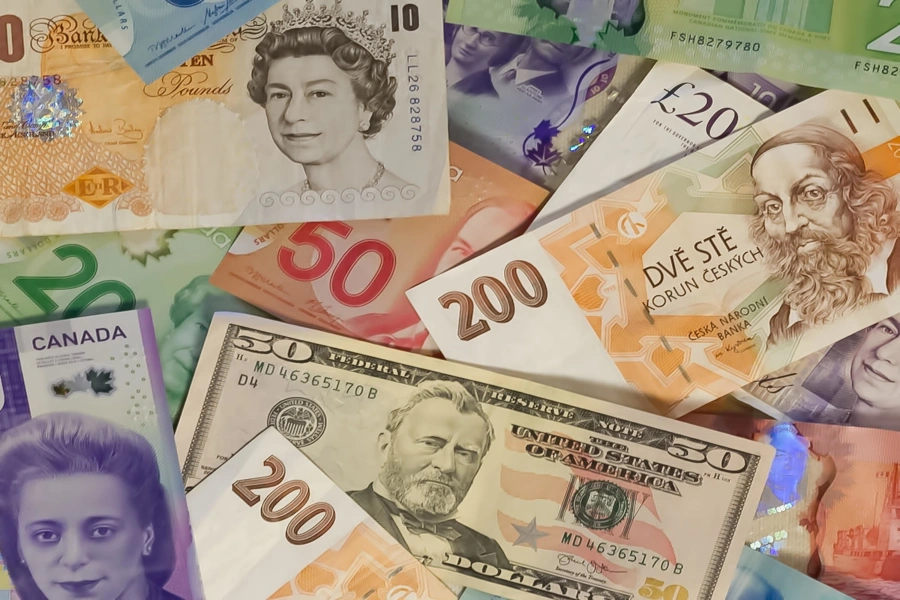

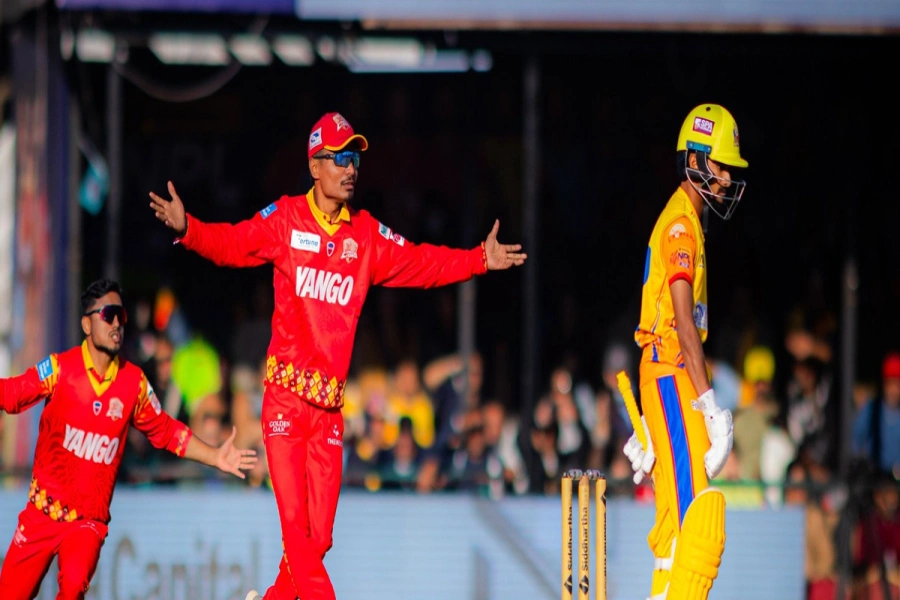


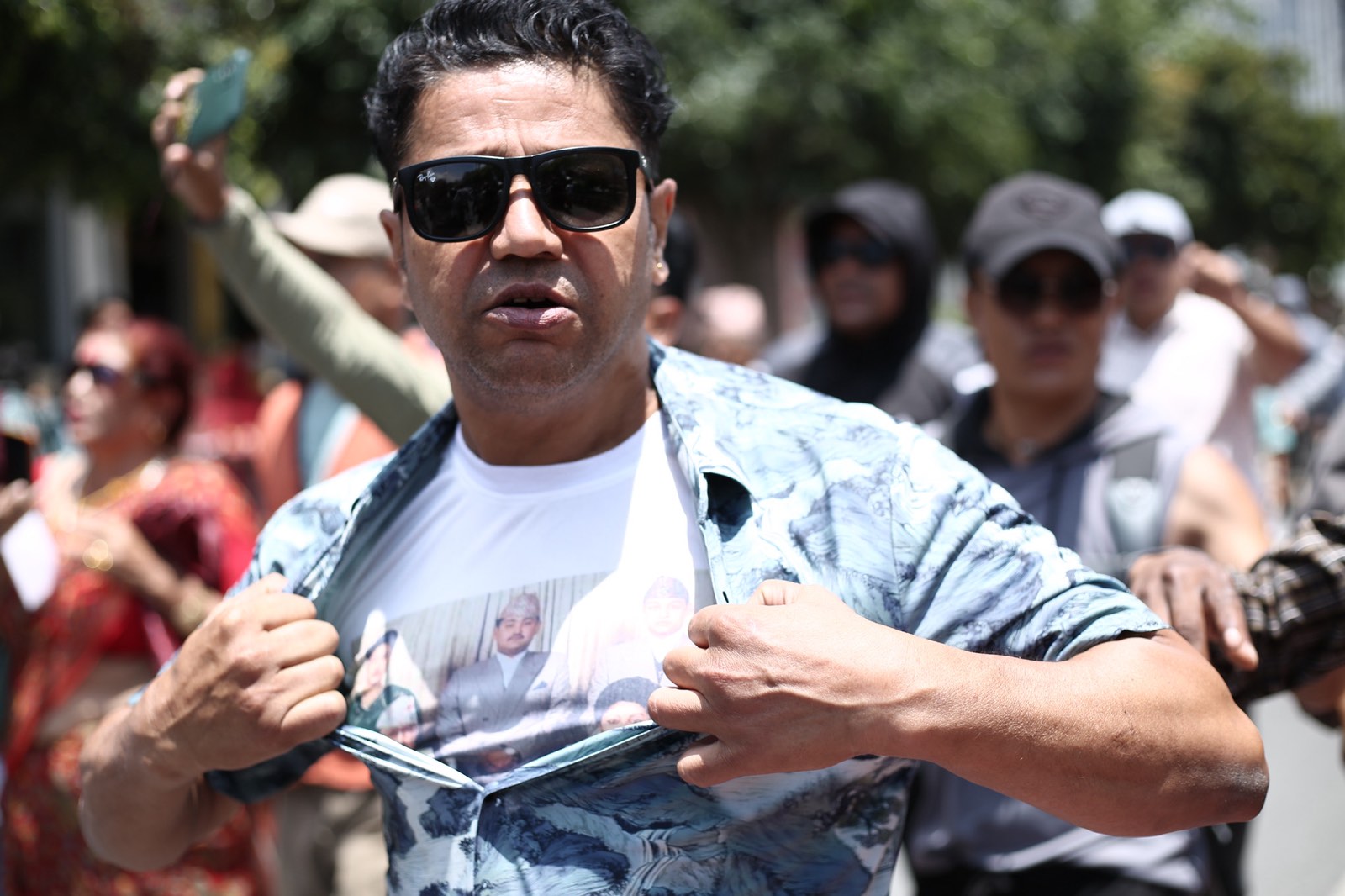




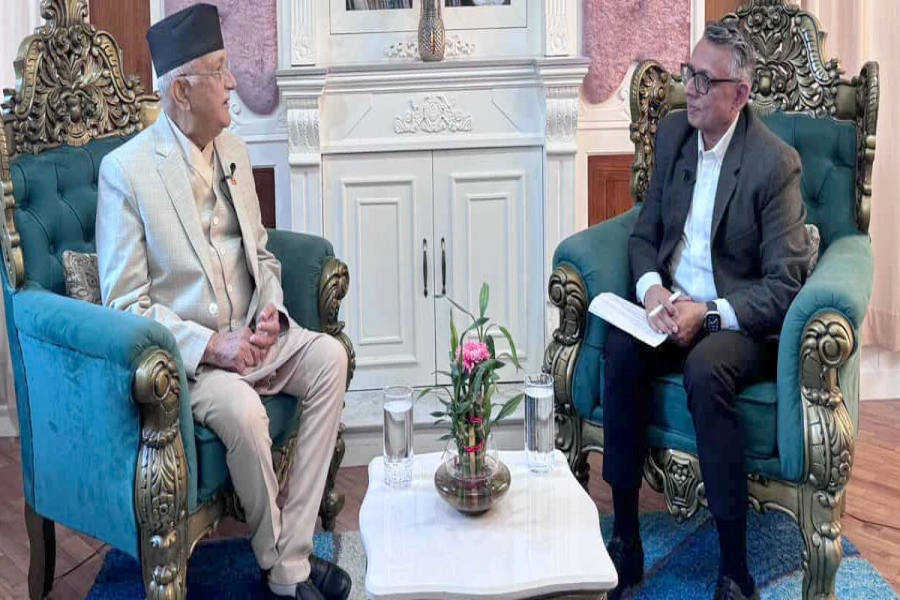
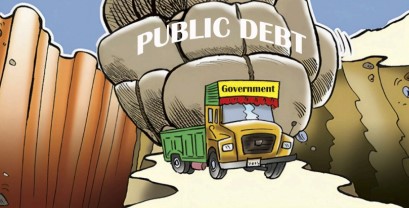
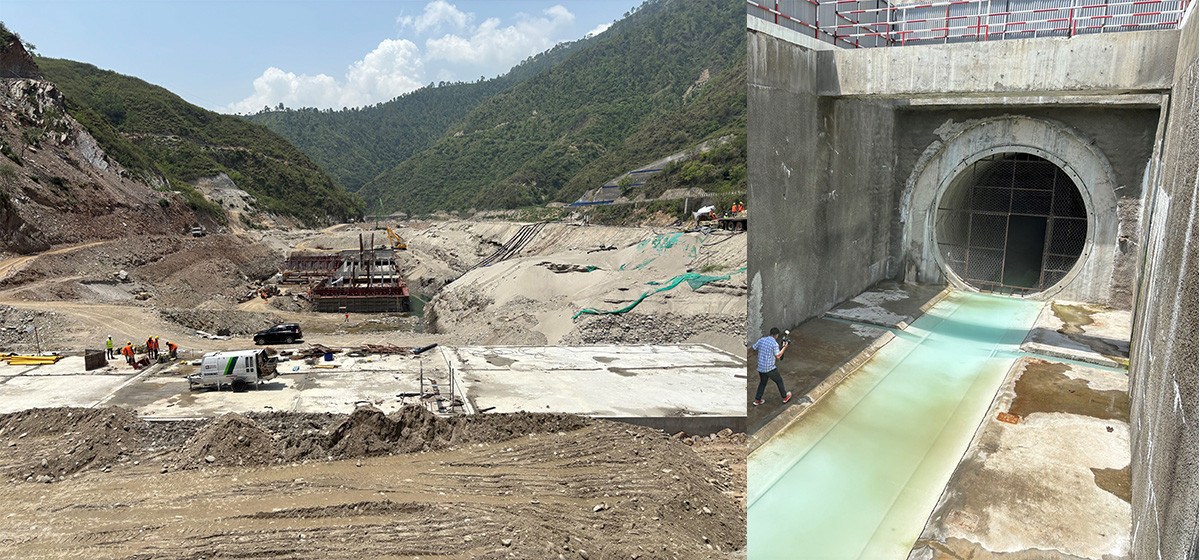


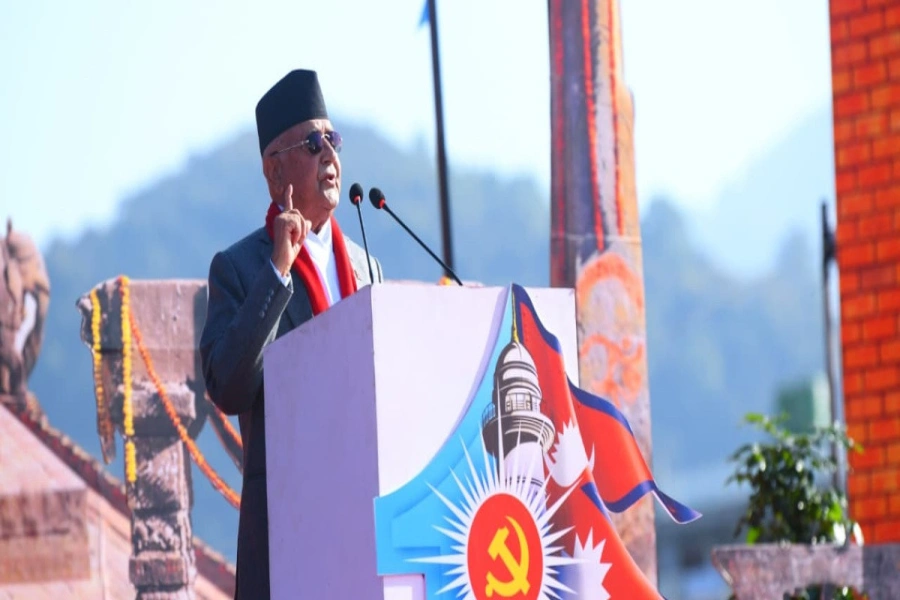
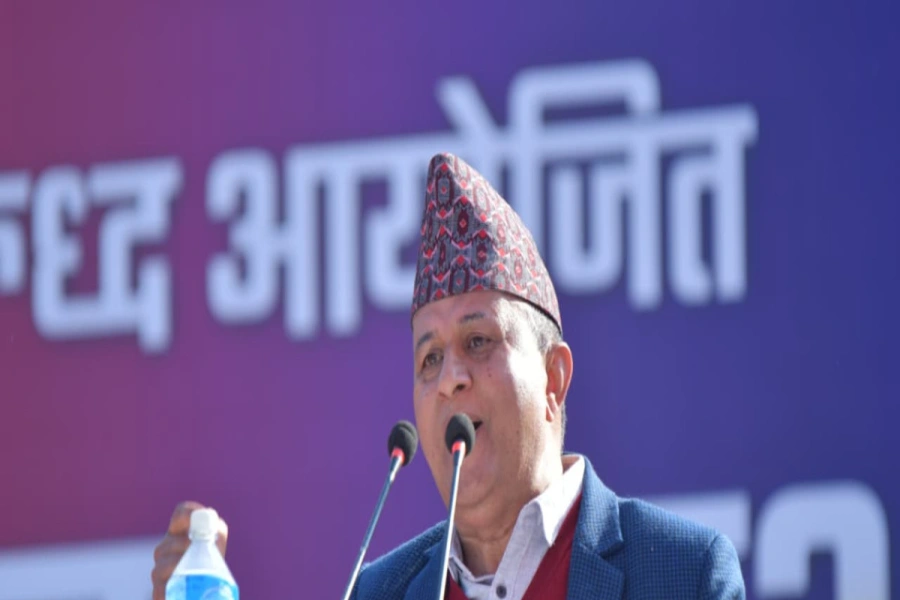




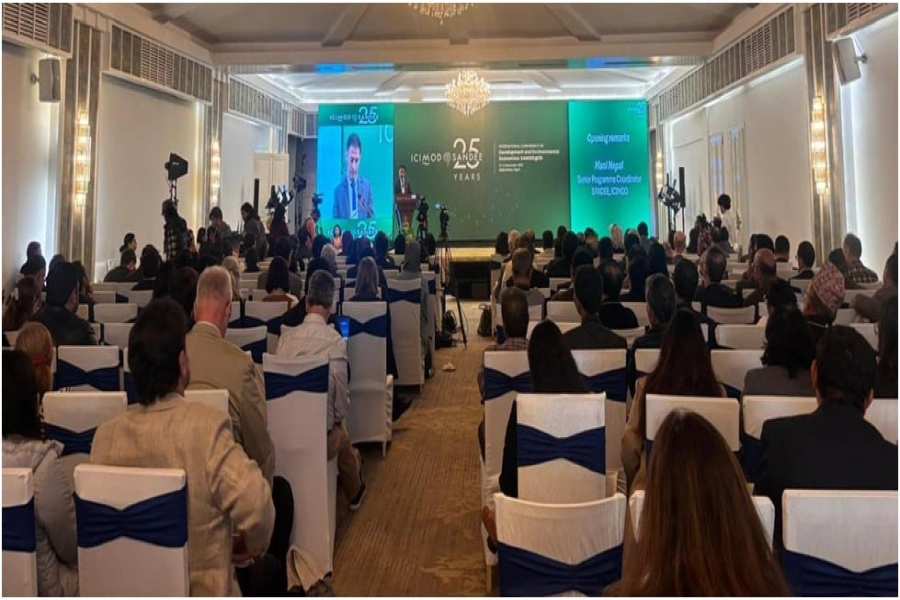


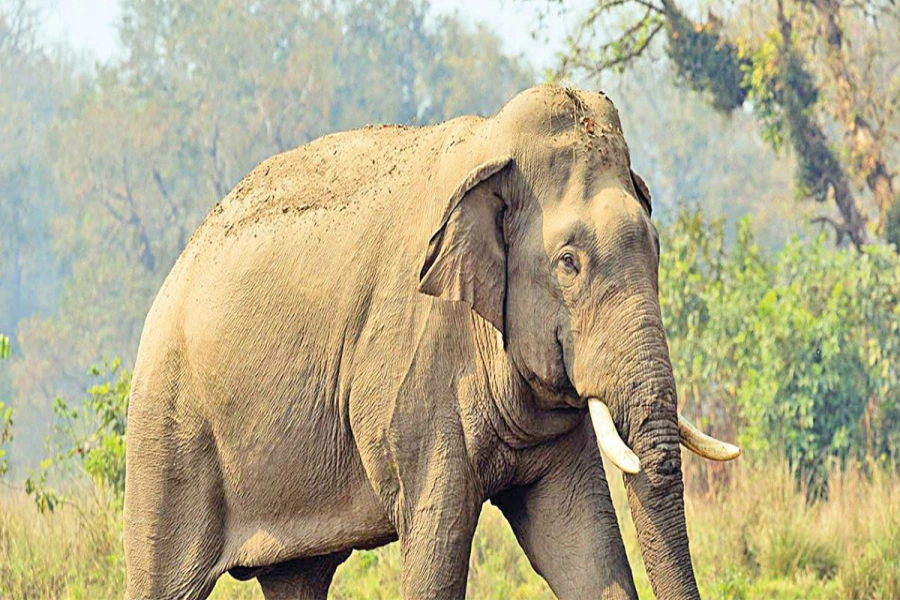


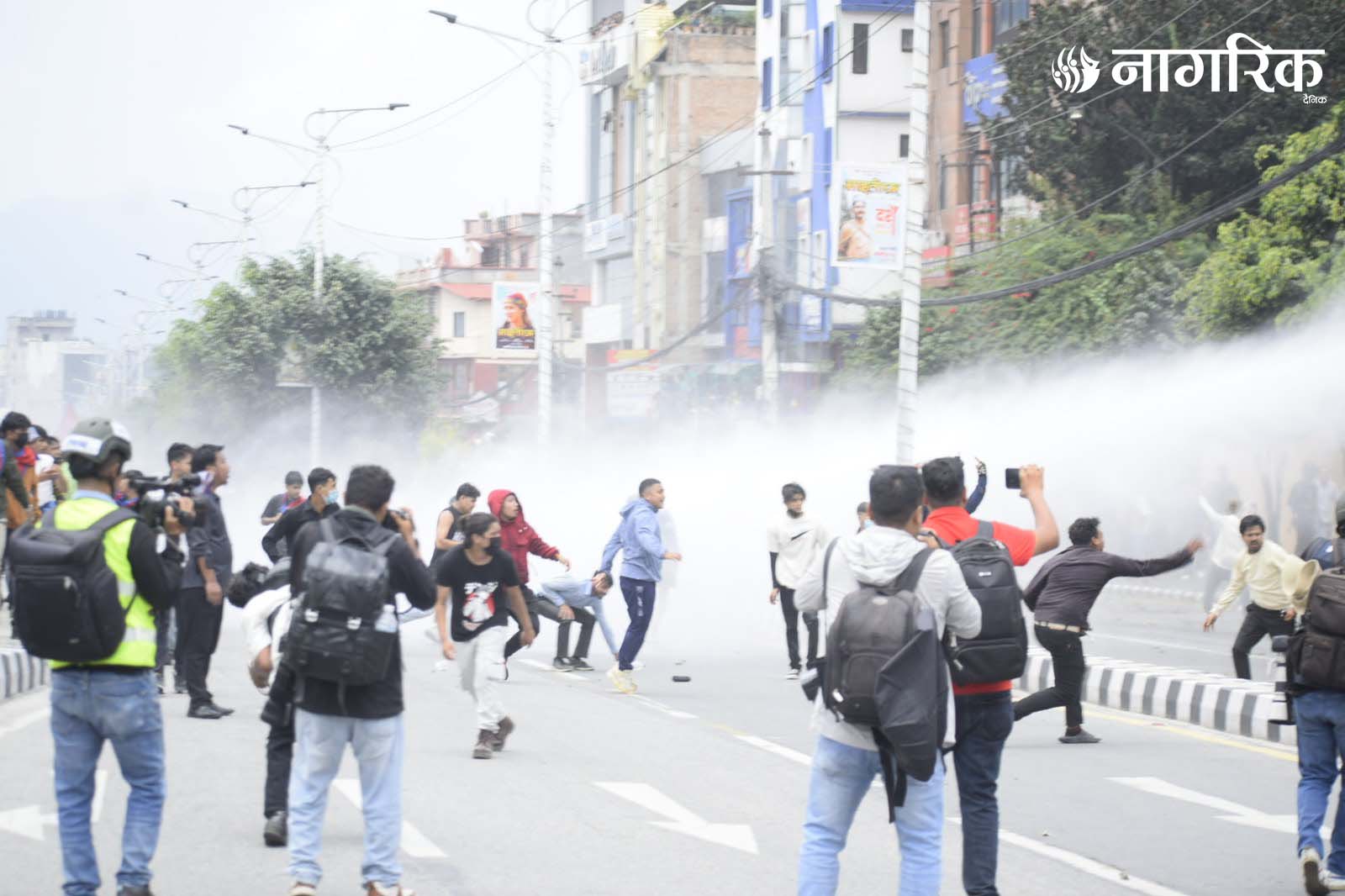





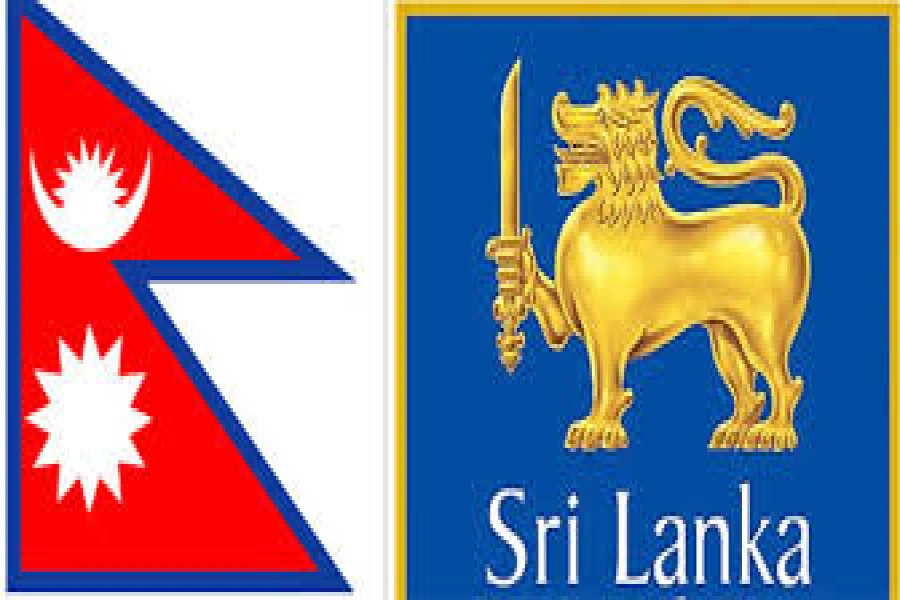
-1765616104.webp)